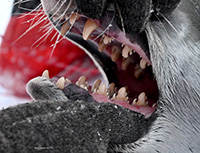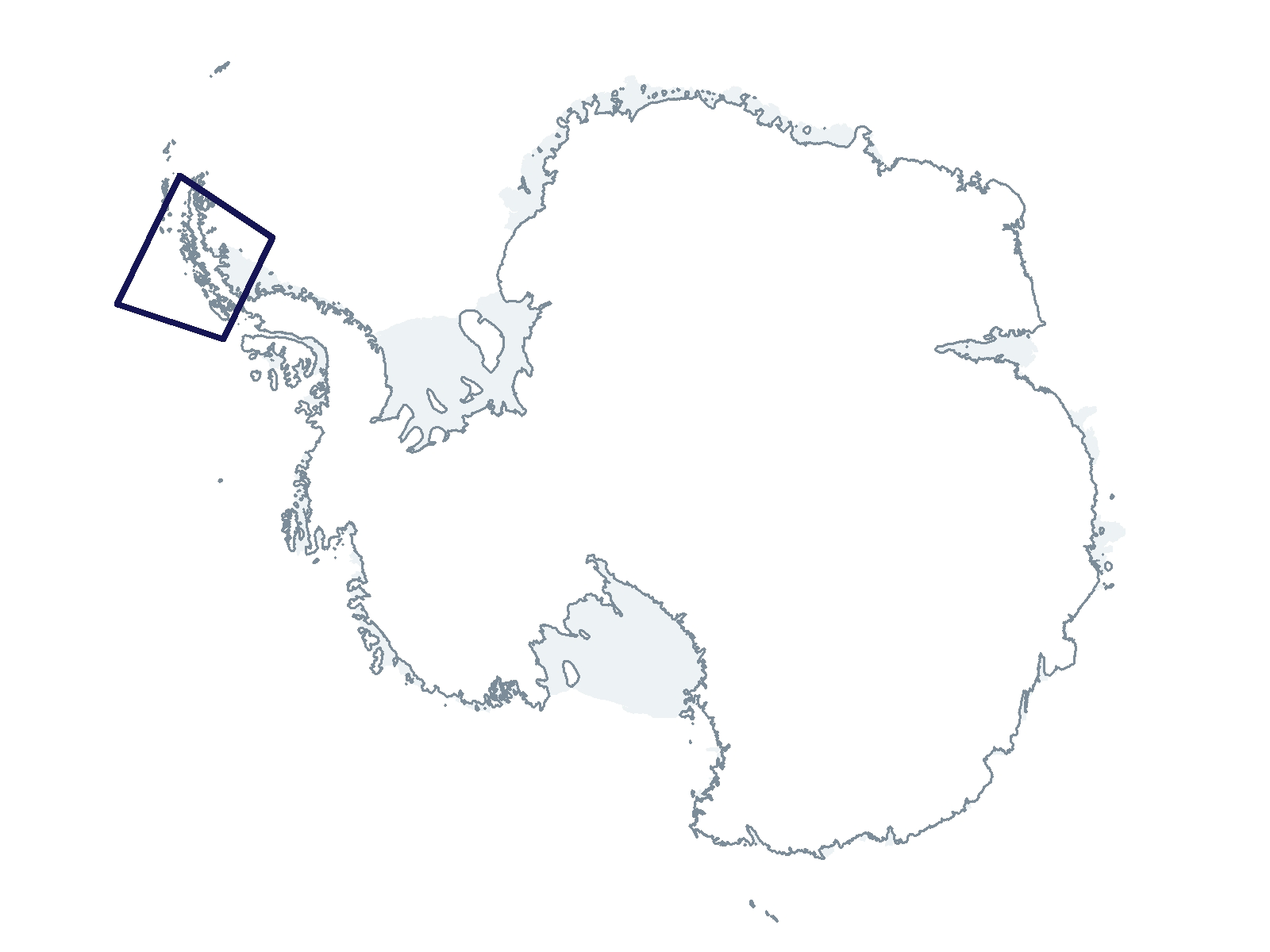2022-2023 USAP Field Season
Project Detail Project TitleNSFGEO-NERC Collaborative Research: Effects of a changing climate on the habitat utilization, foraging ecology and distribution of crabeater seals Summary
Event Number:
Program Director:
ASC POC/Implementer: Principal Investigator(s)
Dr. Luis Alfredo Huckstadt
Project Web Site: Location
Supporting Stations: ARSV Laurence M. Gould DescriptionThis project will focus on crabeater seal ecology to examine how seals may be affected by climate-induced match-mismatch interactions with their prey. The main aim of this study is to determine how match-mismatch between seals and krill relate to the predictability of ice cover in time and space, which, in turn, acts to enhance the availability of krill.
Field Season OverviewAn eight member science team will deploy on the ARSV Laurence M. Gould in early May to late June. The goal is to sample 34 total individual seals in the northern Bransfield Strait and west of Alexander Island. They plan to use a combination of Unoccupied Aerial System surveys and satellite imagery to census the population of seals along the Western Antarctic Peninsula. The science team will use small boats to approach seals on pack ice. Once seals are located, animals will be darted with an anesthetic, then captured and secured with a net. Seals will be weighed using a crossbeam sling and an electronic digital scale. They will measure the animals and take samples of blood, muscle, blubber, fur and whiskers. Tags will be glued to the animal’s head using quick-epoxy. After sample collection and instrument attachment are complete, they will stop administering anesthetic and will let the individual recover before its release. Each animal should take about two hours from the initial dart. When time allows, prey species of krill and fish will be caught with an IKMT net, surface water will be collected for phytoplankton and ice will be collected.
Deploying Team Members
|
2022-2023 Science Planning Summary



For USAP Participants |
For The Public |
For Researchers and EducatorsContact UsU.S. National Science FoundationOffice of Polar Programs Geosciences Directorate 2415 Eisenhower Avenue, Suite W7100 Alexandria, VA 22314 Sign up for the NSF Office of Polar Programs newsletter and events. Feedback Form |



